Metrology (Units of Measurement)
António Neves, Rafik Khellaf, Filipe Castro, Emily Robertson
Introduction
Units of measurement can play an important role in the reconstruction and interpretation of ship structures and archaeological sites. The reconstruction of the Serçe Limani ship (c. 1050) by J. Richard Steffy is famous because he found a common denominator to all the basic measures in the hull, and then he realized that that unit – which he called quat = 63.2 cm – was exactly equal to two Byzantine feet. Units of measurement, however, vary in time and space. They tend to be local, and shared only in spaces of intense exchange of goods. The globalization of the 16th century produced books of equivalences between currencies, lengths, volumes, and weights, always with practical reasons. It is for practical reasons that volume and weight are so often related.
Units have thus a practical purpose. They are often based on ergonomic relations and divided and subdivided to scale the design, planning, or measurement processes. There are known relations between units from diverse spaces: commerce, invasions, colonization, and diffusion of scientific methods have facilitated the travelling of measuring units and, in that sense, they can be studies as Dawkins’ memes. They are ideas that travel, adapt, change through time, and are transmitted to different populations.
The purpose of this tab is to present and contextualize some units whose dimensions are known to us with more or less certainty. We want to consider that it is not often that an archaeologist finds an unit in a shipwreck that is measured down to the millimetre, like in the case of Serçe Limani. As it is difficult to imagine anybody today demanding centimetric accuracy in the construction of a backyard swimming pool, as it unlikely that 16th and 17th century shipwrights concerned themselves too much with measuring the maximum beam of their ships to within a few dedos in width (a dedo in Portugal is thought to measure around 1.83 cm and in Spain 1.74 cm)
In the same way, the acquisition of measurements from a shipwreck depends on a number of factors, such as the visibility, accessibility, the preservation of the timbers and other components, the quality of the measuring tools, and the competence of the excavation team.
This page is thus just an attempt to align a number of measurements and their contexts, and try to make sense of the cultural traits that generated the measurement practices under study. All merchants needed to know what was the cargo capacity of a certain ship, and that capacity came to be expressed in tons [t], although the value of a ton, like probably the value of an amphora of cargo capacity were not fixed and verified in every harbor. In the 17th century Kepler, unhappy with the way the supplier of wine for his wedding party gauged the barrels he had purchased, theorized the calculus of barrel capacities for three different basic shapes: elliptical, parabolic or hyperbolic sides (Kepler 1615).
Table
[Link on the title] The Portuguese used a unit of linear measurement, possibly imported from Genova, was designated the goa or côvado real, and equivalent to 77 cm. It was related to a local unit designated the vara, of which a standard offered by king Sebastian (1554-1578) to the city of Tomar measured exactly 110 cm. A goa was divided into 3 palmos de goa (25.66 cm) of 7 polegadas each (3.67 cm), or 14 dedos (1.83 cm). The vara was divided into 5 palmos de vara (22 cm) of 6 polegadas or 12 dedos. The goa was the equivalent to half a rumo (1.54 m), the height of the standard tonel, which was the unit of capacity in use in Portuguese shipyards. The maximum diameter of this standard tonel was 4 palmos de goa (1.027 m), and its capacity was twice that of a pipa and four times the capacity of one quarto (Barata 1996; Barreiros 1838; Costa 1997).
